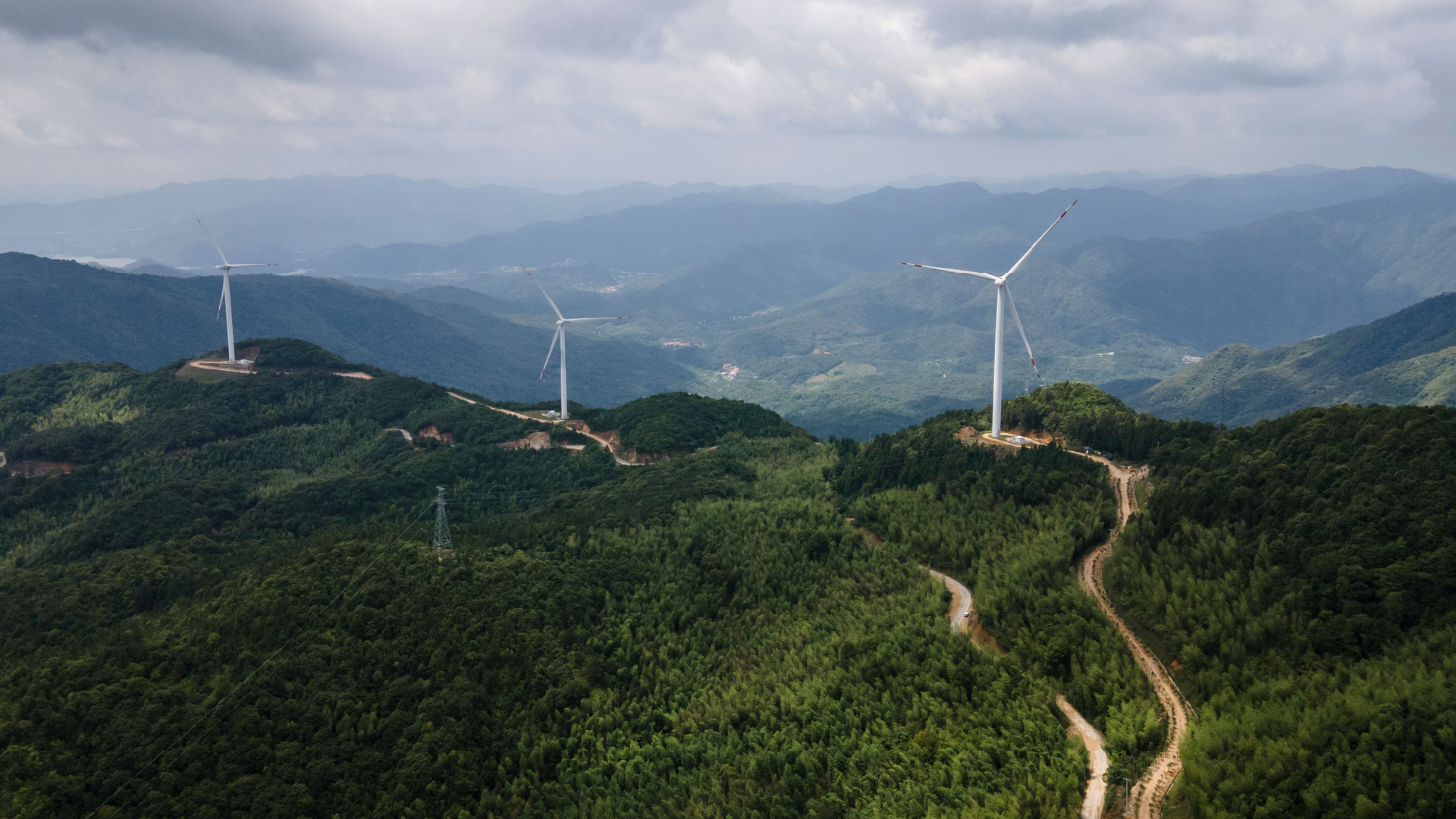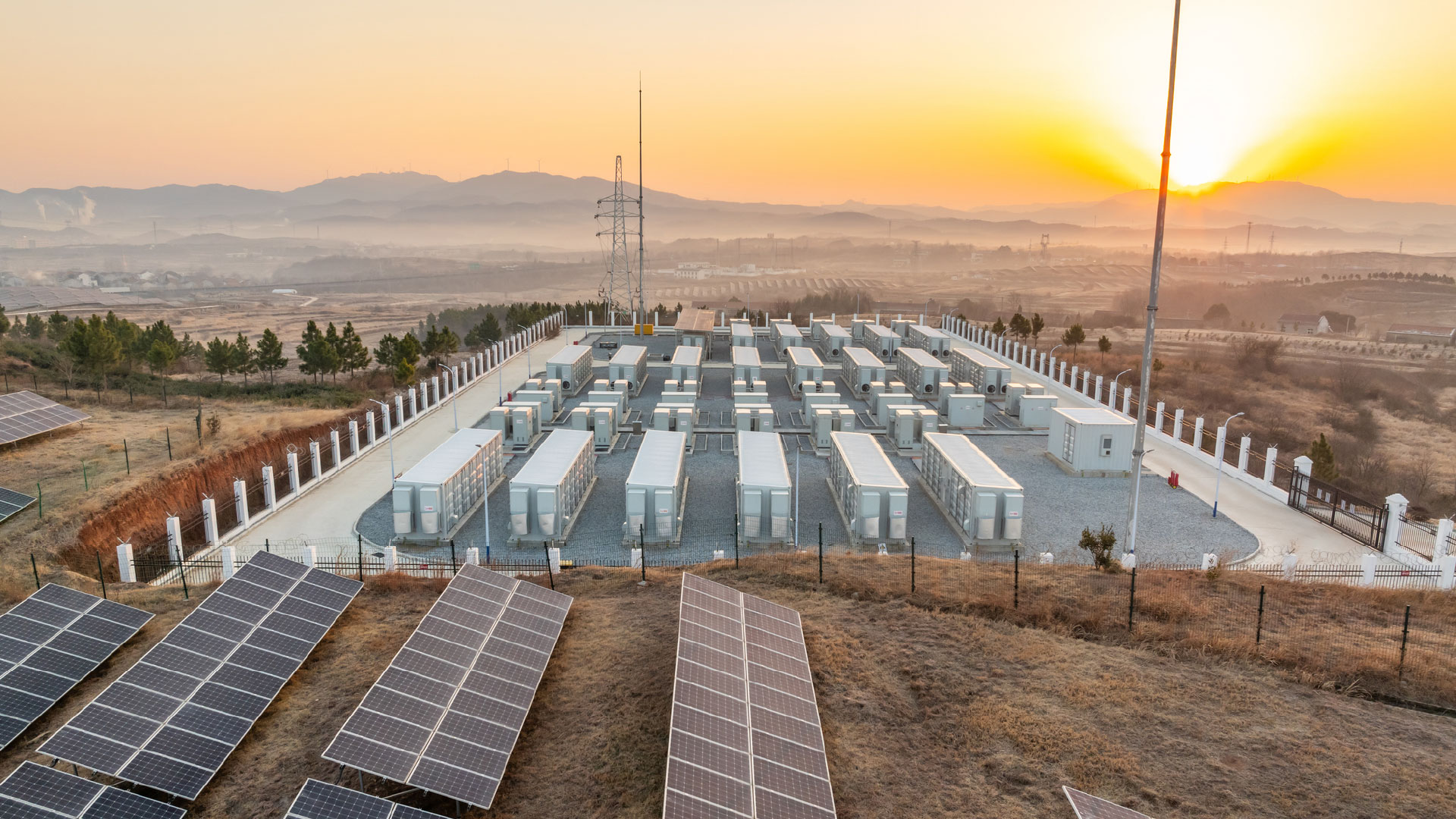Strategic Focus: Making Internal Carbon Pricing Work for Your Firm
12 Dec, 2024
Access this research
Access all Corporate Energy Leaders content with a strategic subscription or buy this single report
Need help or have a question about this report? Contact us for assistance
Executive Summary
Internal carbon pricing (ICP) is a popular strategy for firms aiming to achieve decarbonization goals and transition to a low-carbon economy. Three methodologies have emerged, with potential benefits for regulatory risk management, the establishment of new decarbonization funds, and support for low-carbon business decisions. However, all three methods have their challenges, which can make their administration-heavy implementation outweigh the advantages. This report examines the benefits, challenges and prerequisites of ICP, exploring whether and how firms can use it to advance their decarbonization strategies.
Internal carbon pricing (ICP) can be an exercise in futility
Proponents apply ICP for strategic planning and risk management
Firms should take a fit-for-purpose approach to ICP mechanisms
Internal carbon fees are intended to fund decarbonization directly
Shadow pricing aims to decarbonize long-term investment decisions, but lacks teeth
Implicit carbon pricing is only useful as a baseline for the other methods
The key to effective ICP lies in its implementation
Proponents apply ICP for strategic planning and risk management
Firms should take a fit-for-purpose approach to ICP mechanisms
Internal carbon fees are intended to fund decarbonization directly
Shadow pricing aims to decarbonize long-term investment decisions, but lacks teeth
Implicit carbon pricing is only useful as a baseline for the other methods
The key to effective ICP lies in its implementation
Figure 1. External and internal factors influencing the internal price firms apply to carbon
Figure 2. Implementation of ICP can have short- and long-term advantages
Figure 3. Generalized implementation of an internal carbon fee in a firm
Figure 4a. Case study of a firm that has implemented an internal carbon fee
Figure 4b. Case study of a firm that has implemented an internal carbon fee
Figure 4c. Case study of a firm that has implemented an internal carbon fee
Figure 5. Generalized implementation of a shadow price in a firm
Figure 6a. Case study of a firm that has implemented a shadow price
Figure 6b. Case study of a firm that has implemented a shadow price
Figure 7. Generalized implementation of an implicit carbon price in a firm
Figure 8. Case study of a firm that has implemented an implicit carbon price
Figure 9. Mapping the relevance and challenges of ICP across different organization types
Figure 2. Implementation of ICP can have short- and long-term advantages
Figure 3. Generalized implementation of an internal carbon fee in a firm
Figure 4a. Case study of a firm that has implemented an internal carbon fee
Figure 4b. Case study of a firm that has implemented an internal carbon fee
Figure 4c. Case study of a firm that has implemented an internal carbon fee
Figure 5. Generalized implementation of a shadow price in a firm
Figure 6a. Case study of a firm that has implemented a shadow price
Figure 6b. Case study of a firm that has implemented a shadow price
Figure 7. Generalized implementation of an implicit carbon price in a firm
Figure 8. Case study of a firm that has implemented an implicit carbon price
Figure 9. Mapping the relevance and challenges of ICP across different organization types
About the Authors

Isobel McPartlin
Analyst
Isobel is an Analyst at Verdantix, where she supports corporate decision-makers in navigating the energy transition through research on emerging energy solutions and net zero ...
View Profile
Ryan Skinner
Research Director
Ryan is a Research Director at Verdantix, where he leads a team of analysts delivering research, data and advisory services that help clients navigate the fast-evolving landsc...
View Profile






